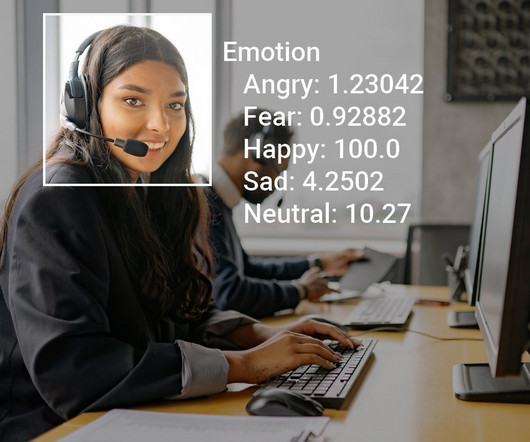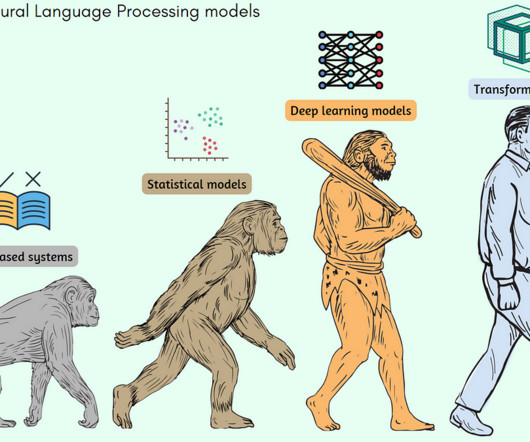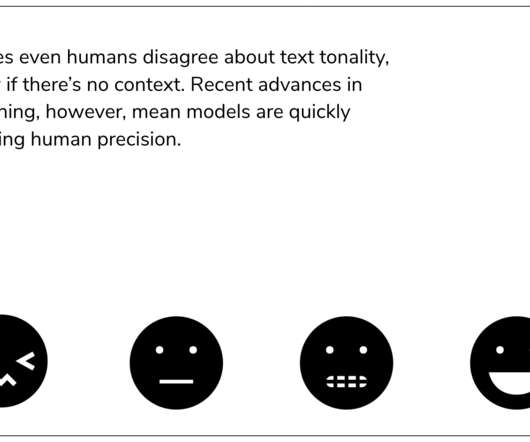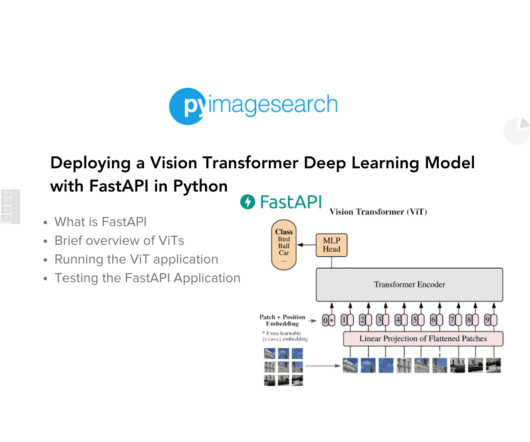AI Emotion Recognition and Sentiment Analysis (2025)
Viso.ai
OCTOBER 9, 2024
With the rapid development of Convolutional Neural Networks (CNNs) , deep learning became the new method of choice for emotion analysis tasks. Generally, the classifiers used for AI emotion recognition are based on Support Vector Machines (SVM) or Convolutional Neural Networks (CNN).





















Let's personalize your content